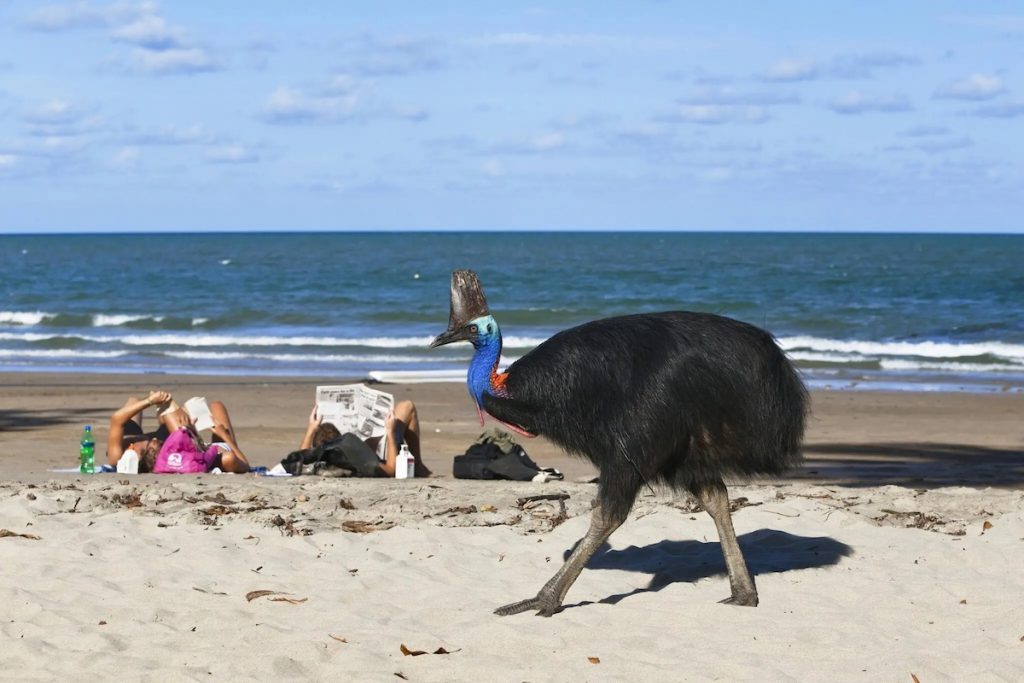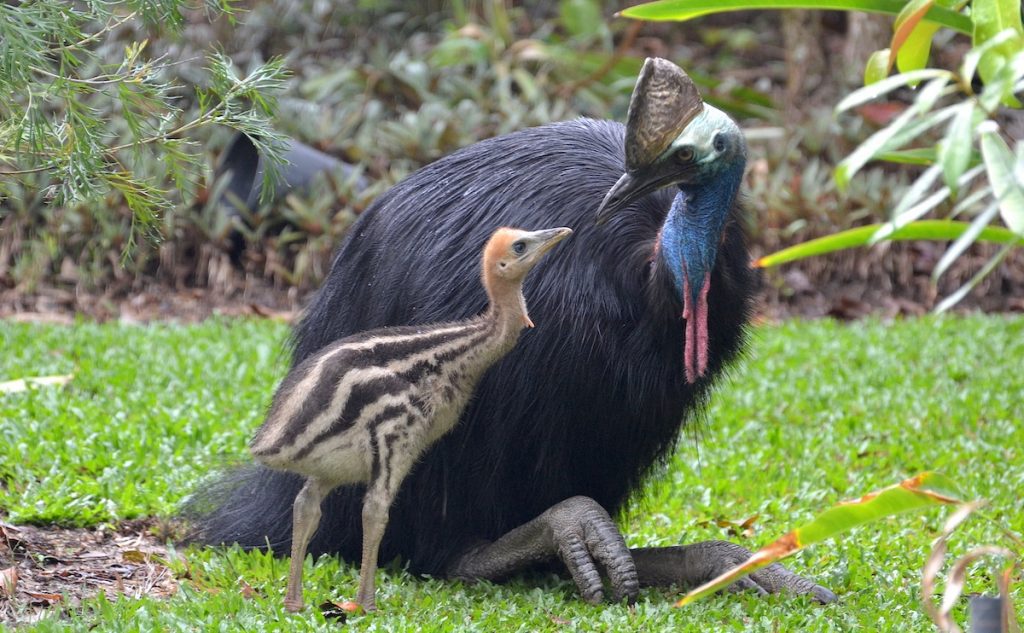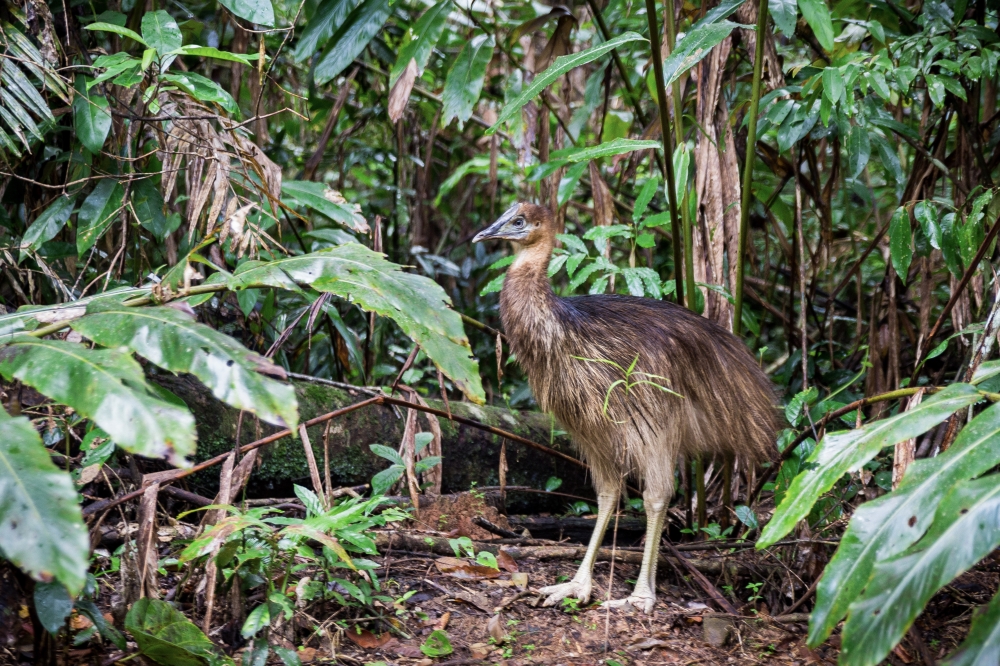In The New York Times: Protecting Australia’s Most Charismatic Murder-Bird

Southern Cassowary, Moresby Range, Qld. Konrad Wothe/imageBROKER, via Shutterstock
Protecting Australia’s Most Charismatic Murder-Bird
Cassowaries play a critical role in the Australian ecosystem
‘Protecting Australia’s Most Charismatic Murder-Bird’ was taken from an article in The Australia Letter — a weekly newsletter from The New York Times Australia Bureau. Written by Natasha Frost — a reporter with the Australia bureau. Published June 30 2023.
—————————-
Meet an Australian supermodel for the ages: six feet tall with a sculptured visage, endless legs and piercing orange eyes.
“They’re the glamour animal for the rainforest, here in North Queensland,” said Justin McMahon, a land manager for Rainforest Rescue, an environmental nonprofit that protects and restores the Australian rainforest.
But the southern cassowary, a secretive, emu-like bird famed for its killer kick and razor-sharp, throat-slitting talons on each foot, isn’t just a pretty face.
As the draft of a government recovery plan for the species released this week describes, the birds are what is known as a “keystone species,” indicating that they play an important role in the ecosystem.
From an environmental perspective, perhaps their most important characteristic is their role as seed dispersers. Cassowaries use their wide gape to gulp down whole fruits at once, and their powerful legs to transport those seeds (safe within their bellies) far and wide. And, weighing in at 130 pounds, they have impressive appetites, allowing them to consume large quantities of fruit, as well as anything else they can scrounge.

Male cassowary with chick. Credit Robert Tidey
(They also have a softer side: Cassowary males make doting dads, sitting on the clutch of eggs for almost two months, then taking the primary parental role for the first nine months of their chicks’ lives.)
Southern cassowary populations have been observed to be declining for almost 80 years, and the species was officially listed as endangered in 2000.
At the time of that listing, the birds were particularly at risk from their habitat being cleared. A quarter-century later, they face other threats: road traffic; dogs and dingoes; “habitat fragmentation,” where their natural rainforest is broken up and they cannot easily move between areas; and climate change.
It’s hard to ascertain quite how threatened they are, or even how many there are, though estimates run from about 4,000 to 10,000 across northeastern Queensland, the only part of the country that they live in, Mr. McMahon said. “No one will ever know a good number, unfortunately.”
That’s because the southern cassowary, for all its fearsome reputation, is powerfully shy, and remarkably good at making itself scarce. Despite standing six feet tall, the birds have been known to stand within spitting distance from tourists without being spotted — in part because they are so accomplished at keeping very still.
Mr. McMahon describes them as being more “emo” than “emu.” “They live in their dark abyss of the rainforest, and they don’t like being looked at the wrong way or talked about the wrong way,” he said.
Attempts to track them with geolocation trackers tend to fail — they will simply peck off anything attached to their body — and their solitary ways can make their behaviors hard to study.
But it is clear that human beings are taking their toll on the animals. As the number of cars in the region has risen, in part the product of more self-driving tourism, some birds have been the victims of hit-and-runs.

Cassowary chick (Peanut) at Wongaling Beach, Queensland. Credit Martin Stringer
Climate change has also had an effect — higher temperatures can lead to springs and puddles drying up, creating stress for the chicks.
In warmer years, the animals’ breeding seasons are longer, allowing “homewrecker” females the opportunity to lure single dads away from their brood and onto a new clutch of eggs. The chicks, stranded and orphaned, sometimes approach humans as substitute parents.
But while cassowary babies are undoubtedly cute, with striking stripes and fuzzy bodies, they might not be the kind of creature you want to have in your home for the long haul (as a Florida cassowary owner discovered in 2019, at a terrible cost).

By Natasha Frost
—————————-
[‘Protecting Australia’s Most Charismatic Murder-Bird’ by Natasha Frost. Published in The Australian Newsletter, The New York Times, June 30 2023]
Want more good Rainforest news in your life?
Subscribe to our eNews | Follow us on Instagram | Like us on Facebook | Subscribe to our YouTube channel
Help Protect Rainforests Forever
Donate to Protect Rainforests Forever | Become a Rainforest Guardian for as little as $2 a month | Partnership Options

